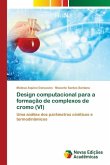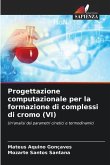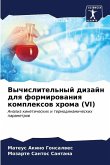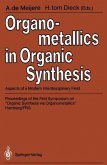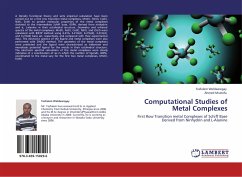The great industrial development was one of the main responsible for environmental pollution. Some factors support this statement, such as the release of untreated effluents due to negligence on the part of companies. In Brazil, the leather industry comprises approximately 450 tanneries, of which around 80% are considered small companies. The sector generates 65,000 direct jobs and revenues are estimated at US$ 2 billion/year. According to RAIS-MTE, only 27,821 jobs are formal, that is, registered. However, this number does not include self-employed workers, informal workers and employees in slaughterhouses, which have the tanning sector integrated into the unit itself. Thus, this book addresses the study, through theoretical calculations, of the formation of the Cr+6 complex with different ligands.



